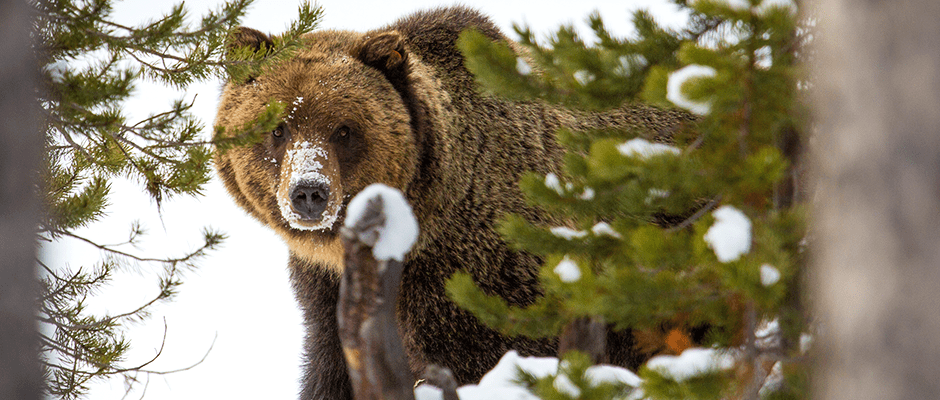Share this article
Yellowstone Grizzly Bear Deaths Increase
Last year, 59 grizzly bears (Ursus arctos) died in Yellowstone — the highest number of bear deaths in the region since 1970.
Still, the impact may not be as large as it seems, according to grizzly bear recovery coordinator for the U.S. Fish and Wildlife Service, Chris Servheen, who notes there are three times as many grizzlies in the ecosystem as there were in the 1970s.
“The number of grizzly bear deaths vary from year to year, but this is the highest number since 1970,” Servheen said. “This is not significant or way out of line, but it’s a larger number than we’ve had. This is due to the fact that we have more bears in number and range and more potential for conflicts and mortality.”
Servheen said the number of bear deaths is related to a number of factors including variations in food conditions, temperature, drought and human-bear conflict. In fact, Yellowstone had a record number of visitors in 2015, he said. Some human-bear conflicts that have occurred include conflicts with livestock, illegal kills and bears that were hit by cars, according to Servheen.
Servheen is working to minimize these conflicts, but eliminating all of them is impossible in the 50,000 square kilometers of occupied range, he said. Some of his efforts include working with livestock producers to minimize conflicts, installing electric fencing in certain areas, urging people to use bear proof trash containers and educating people who are in close proximity to grizzlies. FWS is also providing outreach and education to hunters and other individuals who are in close quarters with the animals.
Header Image: A grizzly bear is covered in snow in Yellowstone National Park. Image Credit: Neal Herbert, licensed by cc 2.0








